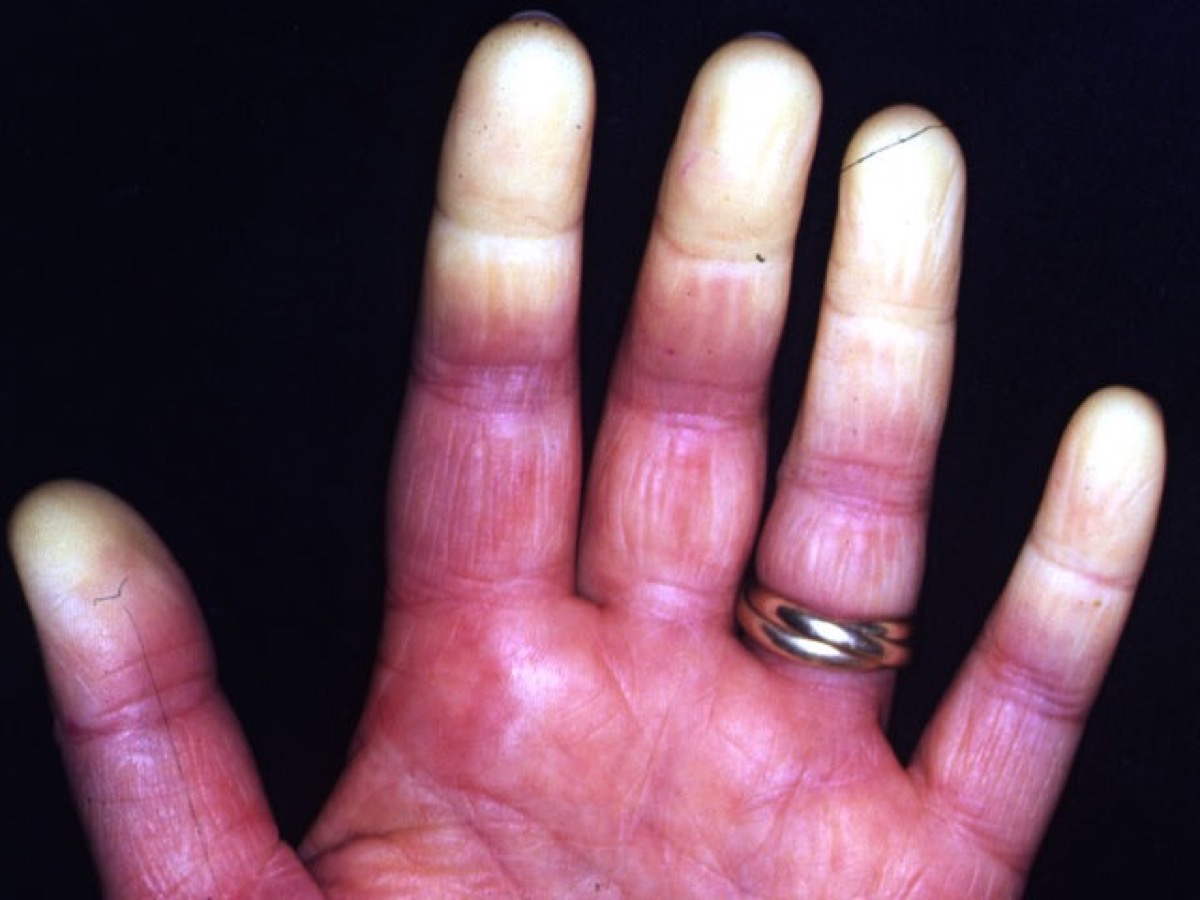Recognizable Symptoms Of Lupus
Raynaud's Phenomenon

Raynaud's phenomenon is named after a French physician, Maurice Raynaud, who discovered the condition in a young woman in 1862. Individuals with Raynaud's phenomenon will experience significant sensitivities in the change of temperature in the hands and feet. This sensation is accompanied by pain, numbness, tingling, or a red or blue coloring of the affected area. Lupus-related Raynaud's phenomenon is a consequence of the inflammation of the nerves or blood vessels and can be triggered by stress, as well as temperature changes. The lips, nose, or chin may also be affected by Raynaud's phenomenon in those with lupus. The restricted blood flow may be the result of damage caused by lupus and the inflammation associated with the condition. Inflammation is known to inflate the walls of the arteries inside the body which can cause less blood to flow through them; consequently, this causes the fingers, toes, or facial area to be affected by temperature change.
